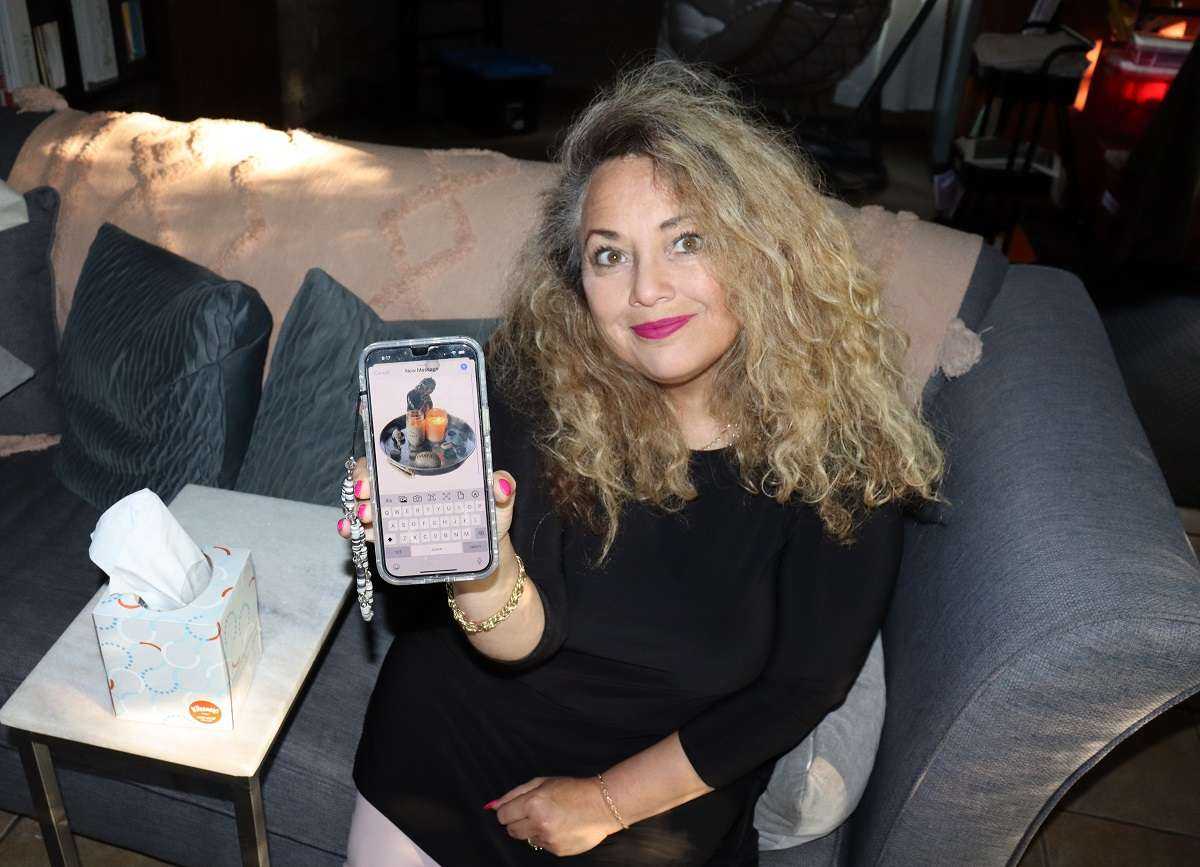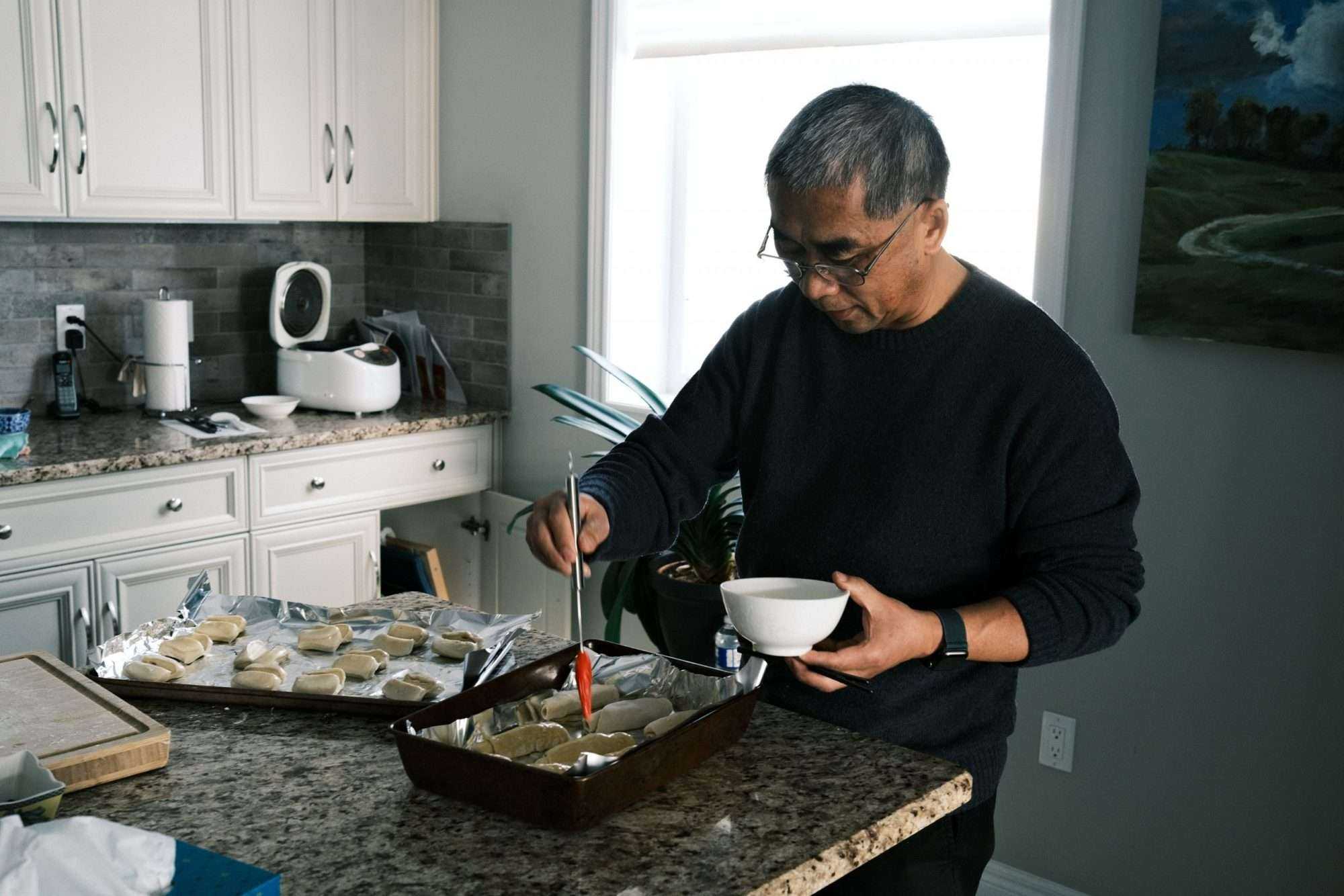BY DR. VIKAS PURI
Chiropractic offices get very busy when it starts to snow. Snow shoveling is one of the more common causes of back injuries during the winter months. However, this type of injury is preventable if you know the best ways to remove snow without straining the back.
The following snow removal tips can help you to avoid lower back injuries and pain during the snowy winter season.
Pick the right snow shovel
An ergonomic snow shovel can help take some of the effort out of snow removal chores.
A shovel with a curved handle or an adjustable handle length will minimize painful bending, requiring you to bend your knees only slightly and arch your back very slightly while keeping the shovel blade on the ground. A small, lightweight, plastic blade helps reduce the amount of weight that you are moving.
Warm up thoroughly
Cold, tight muscles are more prone to injury than warmed up, flexible muscles. Do your back a favor by warming up for five to ten minutes before shoveling or any strenuous activity.
Get your blood moving with a brisk walk, marching in place, or another full-body activity. Then, stretch your lower back and hamstrings (the large muscles in the back of the thigh) with some gentle stretching exercises. Limber up your arms and shoulders with a body hug that you hold for 30-60 seconds.
Use ergonomic lifting techniques
Whenever possible, push the snow to one side rather than lifting it. When lifting the snow shovel is necessary, make sure to use ergonomic lifting techniques:
Always face towards the object you intend to lift – have your shoulders and both hips squarely facing it. Bend at the hips, not the lower back, and push the chest out, pointing forward. Then, bend your knees and lift with your leg muscles, keeping your back straight.
Keep your loads light and do not lift an object that is too heavy for you.
If you must lift a shovel full, grip the shovel with one hand as close to the blade as comfortably possible and the other hand on the handle (handle and arm length will vary the technique).
Avoid twisting the back to move the snow to its new location – always pivot your whole body to face the new direction. (Not doing this can be a leading cause of disc injuries and lower back strains). Keep the heaviest part of the object close to your body at your center of gravity – do not extend your arms to throw the snow.
Walk to the new location to deposit the item rather than reaching or tossing. When gripping the shovel, keep your hands about 12 inches apart to provide greater stability and minimize the chances of injuring your lower back.
Pace yourself
Shoveling small amounts of snow frequently is less strenuous than shoveling a large pile at once.
If possible, removing snow over a period of days will lessen the strain on the back and arms.
In deep snow, remove a few inches off the top at a time, rather than attempting to shovel the full depth at once.
When shoveling, take a break for a minute or two every 10-15 minutes or if you feel overworked at any point. Use this opportunity to stretch your arms, shoulders, and back to keep them warm and flexible.
Keep your feet on the ground
Slippery conditions while shoveling can lead to slipping and/or falls and strains that can injure your back.
Shoes or boots with good treads will help to minimize injuries from slipping.
Spreading sand, rock salt, or kitty litter on your sidewalk or driveway will increase traction and reduce the likelihood of slipping on the ice.
If possible, stop shoveling – use a snow blower instead
When used correctly, a snow blower can put less stress on your lower back than shoveling. Avoid stressing your back by using the power of your legs to push the snow blower while keeping your back straight and knees bent.
Visit your chiropractor for regular spinal “tune-ups”
Chiropractors are trained to detect and correct spinal misalignments gently and naturally. Visiting a chiropractor will help relieve pain, but more importantly, will keep your spine aligned and healthy, minimizing back pain episodes from occurring.
Keeping all these guidelines in mind during the winter season will hopefully keep you pain free this winter. Happy shoveling!


 Community News1 week ago
Community News1 week ago
 Community News1 week ago
Community News1 week ago
 Community News1 week ago
Community News1 week ago
 Community News2 weeks ago
Community News2 weeks ago
 Community News1 week ago
Community News1 week ago
 Community News2 weeks ago
Community News2 weeks ago
 Community News1 week ago
Community News1 week ago
 Community News1 week ago
Community News1 week ago

























